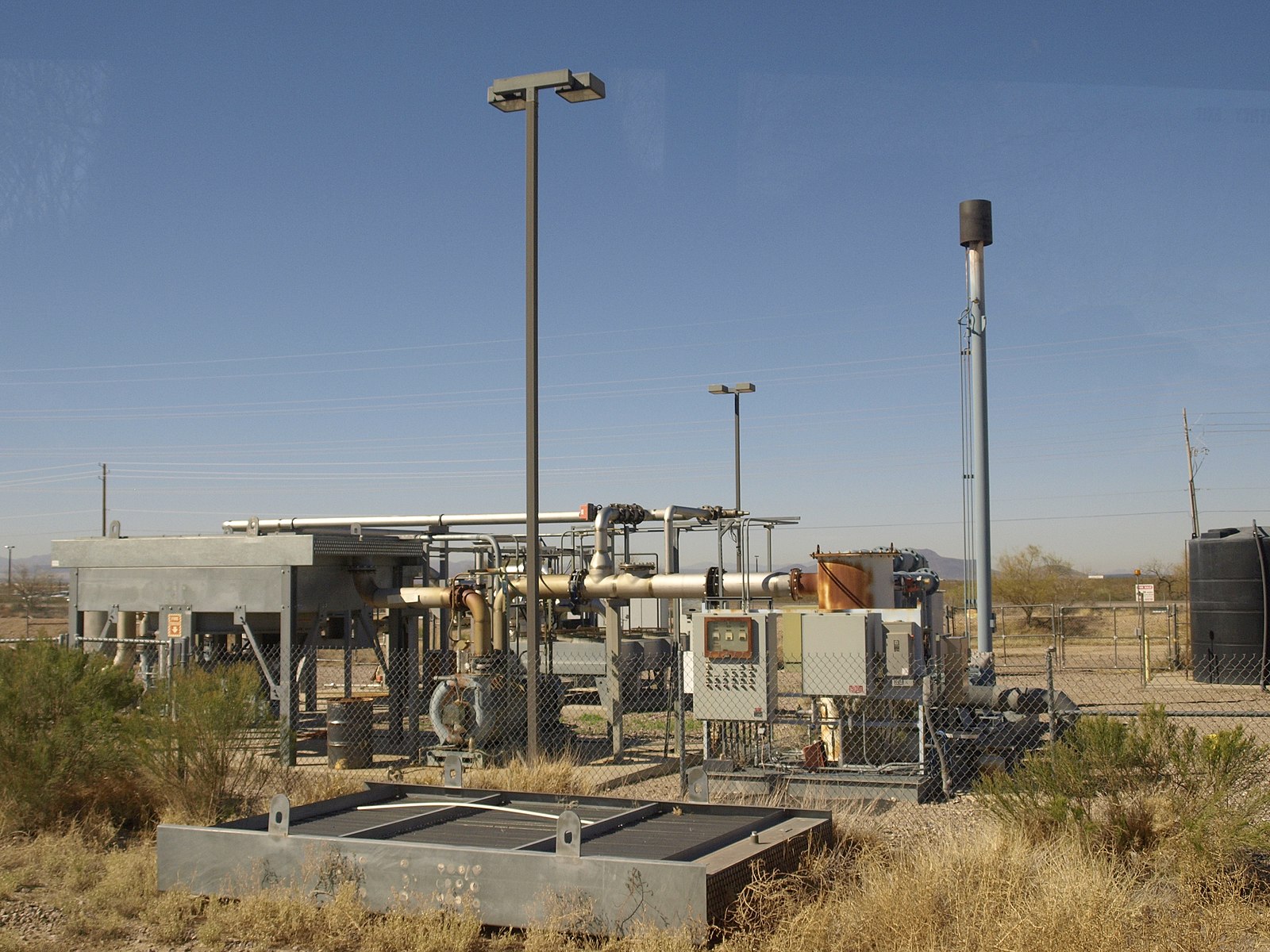Methanogens: archaea with interesting chemistry
Methanogens are what make ‘biogas’ fuel (methane) possible. Like the nitrifying bacteria, methanogens are a group that are united by what they do rather than by their phylogeny. As the name implies, methanogens make methane. This is significant for multiiple reasons: methane can be burned (oxidized) and is the main component of ‘biogas’ (made from sewage) and also ’natural gas’ (mined from underground deposits) that are used industrially. Methane is also a ’greenhouse gas’ impacting global energy budgets.

Methanogens are significant biologically because of their role in ruminant digestion, allowing herbivores to acquire more nutrition from the food that they eat. More generally they allow organic material to be more fully ‘digested’ i.e. broken down, in land fills and swamps, ultimately allowing the recycling of nutrients. Finally, methagens are included here because of their unique abilities and what they can teach students about energy and organisms.
Taxonomy and Phylogeny
All methanogens are archaea, beyond that they don’t fall into a phylogenetic entity. And, as discussed below, they differ substantially in their lifestyle, albeit unified by producing methane. Many methanogens are extremophiles, living under extreme conditions of heat, cold and acidity.
Structure
Methanogens are not distinguished by structural features. The are ‘typical’ archaea in their shape and internal composition.
Matter and Energy (see Chapter 21)
Organisms are constructed of ‘reduced carbon compounds’, primarily carbohydrates, and it is generally the case that organisms, both autotrophs and heterotrophs, obtain energy in the process of cellular respiration whereby reduced carbon compounds are oxidized to carbon dioxide. This reaction is energetically ‘downhill’, i.e. thermodynamically favored, and the usual assumption is that reduced carbon compounds ‘have more useful energy’ than carbon dioxide and that this energy is what allows ATP production. Given this assumption the reverse reaction by methanogens, converting carbon dioxide to methane (a reduced carbon compound) would seem to be energetically unfavorable. But it is important to look closely at the overall reaction of cellular respiration:
reduced carbon compound + oxygen—>water + carbon dioxide
The presence of oxygen is critical, not just to the reaction (as a reagent) but also to the description/assumption that reduced carbon compounds ‘have energy’. They ‘have energy’ only when oxygen (or some other oxidizing agent, e.g. nitrate) is present. In the absence of oxygen and with an abundance of hydrogen it turns out that reduced carbon compounds are now energetically ‘downhill’ of carbon dioxide and therefore organisms can take advantage of this by converting carbon dioxide to methane and obtaining energy (ATP) in the process.
For some methanogens the significance of the reaction is simply the ATP obtained that can then be used metabolically in a variety of ways. Like Halobacterium, some methanogens are heterotrophs for carbon but can obtain energy without oxidizing carbohydrates. While Halobacterium uses light energy to make ATP and might be considered a ‘photoenergetic heterotroph, these methanogens might be called chemoenergetic heterotrophs.
Other methanogens are like the nitrifying bacteria, ‘chemoenergetic autotrophs’ (chemosynthetic autotrophs), autotrophs like plants that make food and then eat themselves, but not using the energy of sunlight for energy, instead utilizing energy obtained from chemicals in their environment (CO2 and H2).
Interactions
Methanogens are common in a variety of habitats where organic matter has accumulated and oxygen is absent (because it has been utilized by heterotrophs): swamps, landfills, the stomachs of ruminants. In these habitats methanogen action is important to other organisms that are present because it consumes hydrogen, whose build-up retards the chemical reactions of decomposition. Methanogen activity thus allows the continued breaking down organic material. In cow’s stomachs this results in the production of materials that the cow can absorb and utilize. In swamps it allows for the recycling of nutrients. In both places the methane leaks into the atmosphere.

Media Attributions
- Pumping station © Gene Spesard is licensed under a CC BY (Attribution) license
- Cow © Kim Hansen is licensed under a CC BY-SA (Attribution ShareAlike) license

